What is the Best Type of Chisel to Use When Carving Wood? : Expert Tips Revealed
The bevel-edged design ensures clean and accurate cuts, making it an ideal choice for both beginners and experienced woodworkers. This type of chisel is available in various sizes, allowing for different levels of detail and control in wood carving projects.
Whether you are working on intricate designs or larger-scale sculptures, a bevel-edged bench chisel will provide the sharpness and maneuverability needed for successful wood carving.
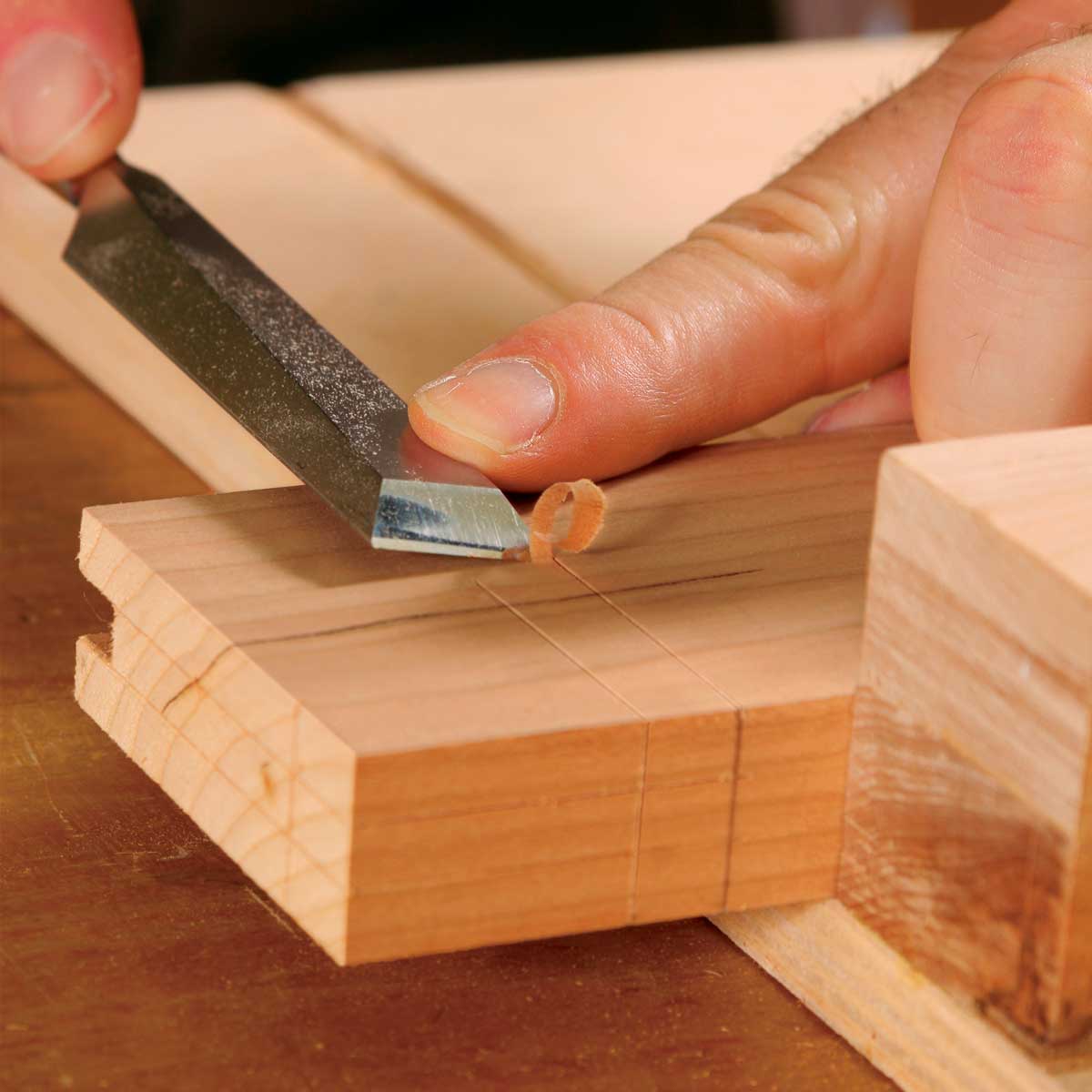
Credit: www.finewoodworking.com
Understanding The Different Chisel Types
Understanding the different types of chisels is crucial when it comes to carving wood. Flat chisels, straight gouges, and skew chisels are the main types used in wood carving. Flat chisels have a beveled edge and are perfect for creating straight, smooth cuts in wood.
Straight gouges, on the other hand, have a curved shape and are ideal for making concave or convex shapes. Lastly, skew chisels have a diagonal edge and are great for creating angled cuts and fine details. Each type of chisel serves a specific purpose and understanding their differences will help you choose the best one for your wood carving projects.
So, next time you work with wood, keep in mind the unique characteristics of each chisel type. Happy carving!
Factors To Consider When Choosing A Chisel
Choosing the right chisel for wood carving involves considering several factors. First, the type of wood you are working with is crucial to determine which chisel will be most effective. The hardness and texture of the wood can vary, requiring specific types of chisels for optimal results.
Additionally, the complexity of your carving project plays a role in selecting the chisel. Intricate designs may require finer and more precise chisels, while larger projects may necessitate wider and heavier chisels. Lastly, personal preference should not be overlooked. Some woodworkers prefer certain chisel types based on their own comfort and experience.
Considering all these factors will help you choose the best chisel for your specific wood carving needs, ensuring a successful and enjoyable carving experience.
The Benefits Of Flat Chisels
Flat chisels offer numerous benefits when it comes to wood carving. Their versatility allows for different carving techniques, making them an essential tool for both beginners and experienced carvers. These chisels are particularly efficient in the removal of large wood sections, allowing for quick progress in carving projects.
Their flat shape provides stability and control, enabling carvers to achieve precise cuts and smooth surfaces. With a flat chisel, carvers can create intricate details or sculpt bold, distinct shapes in their woodwork. The sharp edge of a flat chisel allows for clean and crisp lines, making it ideal for shaping and refining the wood.
Whether you’re a professional sculptor or a hobbyist, flat chisels are a must-have tool for any wood carving project.
Straight Gouges: A Must-Have For Intricate Carvings
Straight gouges are an essential tool for intricate wood carvings, perfect for shaping both concave and convex surfaces. These chisels are indispensable when it comes to creating elaborate details and fine lines in your woodwork. With their curved cutting edges, straight gouges allow for precise and controlled carving, making them a must-have for any woodcarver.
Whether you’re working on delicate ornaments or intricate designs, these chisels provide the level of accuracy needed to achieve stunning results. So, if you’re looking to add depth and dimension to your wood carvings, invest in a set of high-quality straight gouges and unlock endless possibilities for creating breathtaking wooden art.
Skew Chisels: Perfect For Precise And Controlled Carving
Skew chisels are ideal for precise and controlled wood carving due to their unique angled cutting edge. They excel at creating v-shaped cuts, making them perfect for intricate detailing work. Additionally, skew chisels are great for smoothing and refining wood surfaces, leaving behind a polished finish.
Their versatility allows them to be used for a range of carving techniques, from shaping curves to creating bevels. With a strong and steady grip, these chisels offer excellent maneuverability, enabling the carver to maintain full control over their cuts.
So, whether you’re a beginner or an experienced woodworker, incorporating skew chisels into your carving toolkit can elevate the quality and intricacy of your woodwork.
Honing And Maintaining Your Chisels
Honing and maintaining your chisels is crucial for carving wood effectively. Proper sharpening techniques are essential to ensure the best results. Regular routine maintenance tips are also important to keep your chisels in top condition. By following these instructions, you can ensure that your chisels are always ready for carving.
Remember to avoid overusing common phrases to keep your writing engaging and interesting for readers. With a little care and attention, you can optimize your chisels and achieve the best possible results when working with wood. Sharpen, maintain, and enjoy the art of carving with the right type of chisel for your needs.
Expert Tips To Enhance Chisel Performance
To enhance the performance of your chisel when carving wood, it is crucial to follow these expert tips. Firstly, proper handling and grip are essential for control and precision. Secondly, using mallets and hammers in conjunction with the chisel can help with deeper cuts and more efficient carving.
It is important to find the right balance of force and accuracy. Additionally, maintaining a sharp edge on the chisel through regular sharpening or honing will ensure clean and precise cuts. Furthermore, choosing the best type of chisel for your specific woodworking project is key.
Different types of chisels, such as bench chisels, mortise chisels, or carving chisels, offer different advantages depending on the task at hand. By following these expert tips, you can elevate the performance of your chisel and achieve exceptional results in your wood carving projects.
Frequently Asked Questions On What Is The Best Type Of Chisel To Use When Carving Wood?
What Are The Different Types Of Chisels For Wood Carving?
There are several types of chisels used for wood carving, including gouges, v-tools, and skew chisels. Each type has a specific shape and purpose, allowing for different carving techniques and creating various textures and details in the wood.
What Type Of Wood Is Best For Carving?
Softwoods such as basswood, pine, and cedar are commonly used for carving due to their ease of workability and softer grain. Hardwoods like maple, oak, and cherry are also suitable for carving but may require more effort and specialized tools.
How Do You Choose The Right Chisel For Wood Carving?
When selecting a chisel for wood carving, consider factors like the type of carving you’re doing, the size and shape of the chisel, and the hardness of the wood. Experiment with different chisels to find the ones that best suit your carving style and project requirements.
Can I Use A Metal Chisel For Wood Carving?
While metal chisels can technically be used for wood carving, they are not recommended. Metal chisels are designed for working with metal, and their sharp edges can easily damage wood or cause accidents. It’s best to use chisels specifically designed for wood carving to ensure better control and safety.
How Should I Maintain And Sharpen My Wood Carving Chisels?
To maintain your wood carving chisels, keep them clean and dry after use. Regularly sharpen the chisels with a sharpening stone or honing guide to maintain their sharpness and cutting performance. Proper maintenance will ensure your chisels last longer and consistently produce clean and precise cuts in the wood.
Conclusion
To sum up, choosing the best chisel for wood carving depends on various factors, including the type of wood, the type of carving project, and personal preference. Be sure to consider the blade width and shape, handle design, and overall quality of the chisel.
Carving chisels with narrower blades are ideal for intricate and detailed work, while wider ones are better for rough shaping and removing material. For delicate carving, a skew chisel is perfect, while a gouge chisel is great for creating rounded cuts and contours.
Ultimately, finding the best chisel for your wood carving needs may involve trying out different types and brands to see which one suits you best. So, take your time, do some research, and invest in a high-quality chisel that will bring out the best in your wood carving skills.
Happy carving!

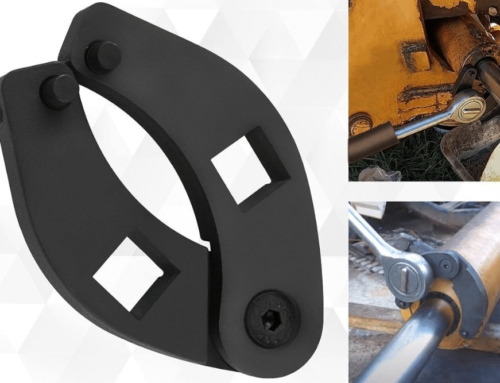
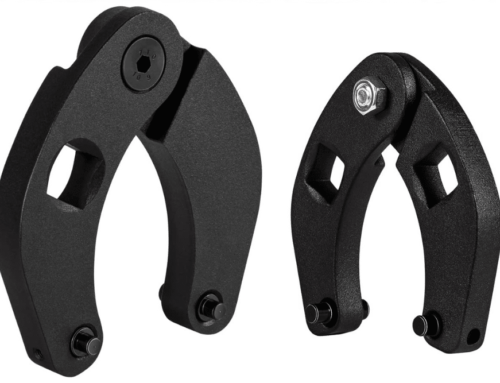
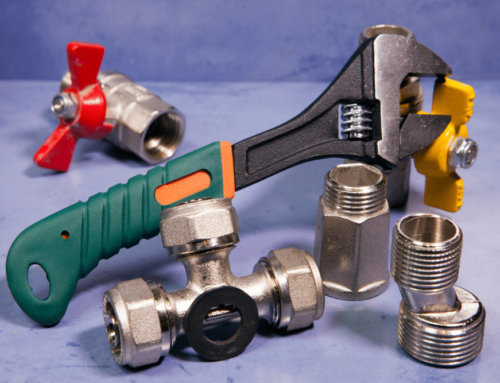
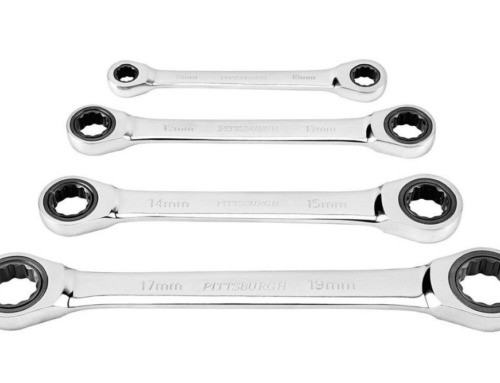
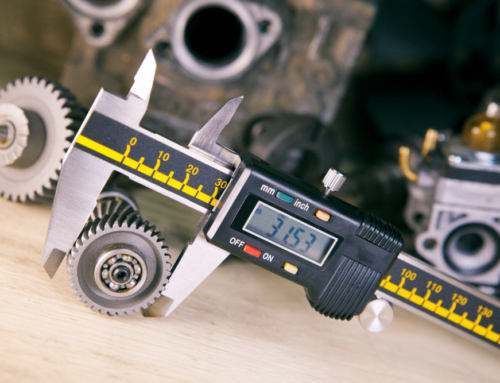
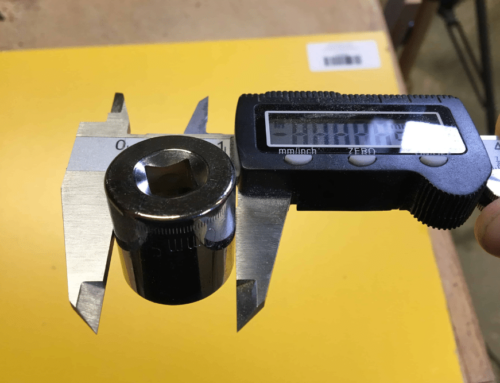
Leave A Comment